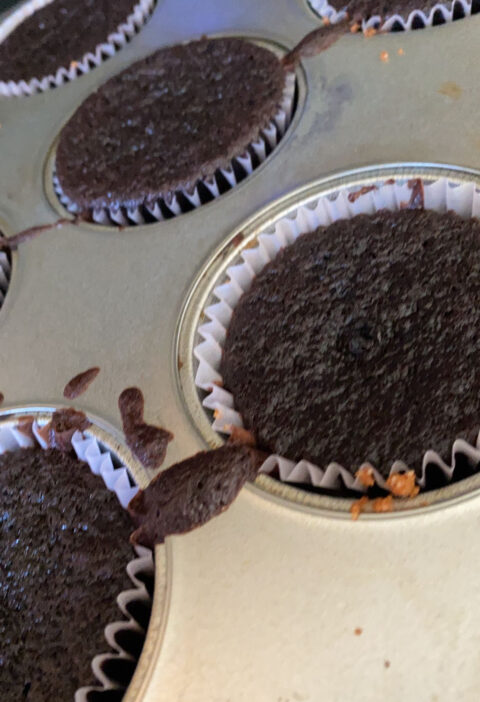
This post is by Isaiah Bañuelos and Caleb Chastain
Checkout out Blossom Recipe Page to learn about other factors with croissants.
Despite the tried-and-true popularity of the Croissant, some might wish to make alterations to the recipe. If you don’t have any brown sugar on hand, is substituting white sugar acceptable? To make a “healthier” pastry, could you substitute all-purpose flour for whole wheat. Both of these changes would make minor differences in flavor or texture to the final croissant, but they ultimately should work to make a pastry.
Substituting brown sugar with regular white sugar would likely make the pastry turn out slightly more crumbly and less firm since brown sugar is more hygroscopic than water, meaning it absorbs less water than regular sugar does before it begins to dissolve. According to Karla Walsch of BHG, brown sugar can be as much as 10% water by weight so if you substitute brown sugar for white sugar, the final product may turn out a little more spongy than with white sugar since water aids with gluten formation. However, the difference in the amount of liquid the sugar can absorb is minute since the sugar is being used in such a small amount, so the final product will not likely have a very different texture except for on the outer crust. The outer crust will likely be crispier since the sugar in it will have less water, meaning the Maillard reaction will happen faster, making the exterior portion of the pastry more crispy. The color of the pastry would probably stay about the same on the outside and get lighter on the inside by substituting white sugar for brown sugar. The increased Maillard reaction would typically lead to a darker exterior but this will likely be canceled out by the lighter starting color of the sugar. The interior meanwhile will not have any Maillard reaction take place so it will likely be lighter than the original recipe since white sugar is lighter than Brown Sugar
Meanwhile, when it comes to the differences in flour there are distinct properties in the varieties. All-purpose flour is known for being very versatile with what can be included in its recipes, typically used as the flour included in almost any recipe. However, whole wheat flour, hence its name, is known for being the “healthier” creation given its concentration of wheat, and endosperm. However, that wheat powder contains a higher protein content than all-purpose flour would give. This active difference means that it would contain more fiber and nutrients; this means it could change the flavor of the bread made. The issue is that adding protein to a baked good such as croissants means handling dough becomes more complex. As the strength of the gluten and hydrophilic tendencies begins to denature, moisture retention is affected. This added protein as a result of whole wheat powder means that the dough handling and the end result of the croissant puff are affected. So the taste and aesthetic of the croissant have the possibility of changing because of that added protein into the baking process. Substituting all the flour in this recipe for whole wheat flour would likely result in a spongier, less fluffy final product due to increased gluten content. However, that doesn’t mean you can’t substitute ANY all-purpose flour for whole wheat. According to King Arthur Baking (PJ Hamel), the more white flour you replace with whole wheat flour, the heavier, denser, and spongier the final product will be. But the source also noted that you should be able to substitute as much as 50% of the white flour without there being any noticeable difference in taste or texture to the final baked good.
